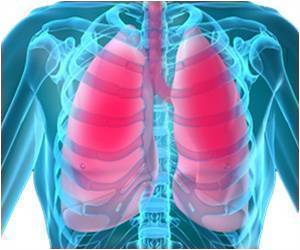Understanding housing histories and the multiple dimensions of homelessness can help identify who might be at greater risk of transmitting or contracting HIV.

‘Understanding housing histories and the multiple dimensions of homelessness can help better identify who might be at greater risk of transmitting or contracting HIV.’





"The homeless population can't be painted with a broad brush because there will be people within that group who have more stability than others," she said. "This study came of wanting to break down what it means to be homeless and linking that with HIV risk behaviors." Bowen's research looked specifically at residents of single-room occupancy (SRO) housing in Chicago, a group that illustrates the difficulty of assigning a unified definition of homelessness. Bowen says there is a subset of the SRO group that considers themselves homeless, even though they have a place to live, because of uncertainly derived from factors that include concerns about rent increases and an inability to continue to afford even minimal housing such as an SRO. "That's one end of the spectrum," says Bowen. "It's a transient population that's bouncing into and out of SRO buildings and other locations, such as staying in overnight shelters or on the street. But on the other end is the long-term resident, who may have been stably housed for 20 years.
"When thinking about how to help minimize HIV risk, Bowen says it's important to target the right people." The long-term residents might need help in other areas, but the research suggests they're not engaging in the same risky behaviors, such as drug use or having multiple sexual partners, as the residents who had been homeless more recently or who still considered themselves to be homeless."
This information is critical to social workers trying to identify who might be most in need of help. "We talk a lot in social work about harm reduction," says Bowen, who was a social worker in Chicago before her career in research and higher education. "It is apparent to me that there is a sub-population of SRO residents who might need those harm-reduction services - and it wouldn't have to be a major intervention. It might be a matter of brief screening and counseling." But Bowen also points out that this type of research underscores the need for affordable housing in U.S. cities.
SROs are basic, low-rent units, often constituting buildings that developers can easily, and with increasing frequency, convert into more profitable structures. "Even while we were collecting data for this study, we saw some of these buildings closing," she says. "This limited option is getting increasingly scarce." Bowen says the link between health and housing goes beyond HIV to include many chronic long-term health issues, both physical and mental.
Advertisement
Source-Eurekalert















